Oura’s full speed ahead right now. Not only did one of the best smart ring brands on the market just release the Oura Ring 4 and upgrade the Oura app for all members this October, but they also just unveiled a brand new feature — and it could be a game changer for your health this winter.
As of December 5, 2024, Oura rolls out Symptom Radar — the first beta-tested feature getting a coveted permanent spot in the Oura app, fresh from Oura Labs. We were introduced to Oura Labs in the latest major Oura app upgrade, which allows members to test “experimental” features and provide feedback, with these features potentially being adapted and rolled out to the app over time.
And it looks like one feature made it. Want to know more? Here’s what you can expect from Symptom Radar, and what it means for Oura Ring 3 and 4 members.
What is Oura’s Symptom Radar feature?
Symptom Radar looks at your biometric data every morning and assesses it for early signs of respiratory strain. Having already leveled up the user experience to be more accurate and detailed, the feature should be able to detect early signs of strain, including the common cold and flu-like symptoms.
The best bit? Oura Labs uses member feedback to inform new features, so the user experience is forefront. Each morning data syncs in the Oura app, and then Symptom Radar analyzes it in three ways referred to as “severity levels”: no signs, minor signs and major signs.
Based on feedback, the feature now offers a history graph so you can track data and potential trends as the days unfold. Oura also provides the biometrics that contributed to a Symptom Radar result so members can track which markers have changed, why and how these markers deviate from their baseline.
How does Symptom Radar work?
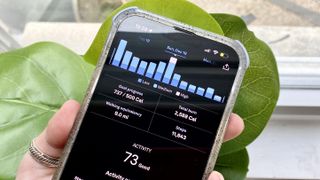
Oura looks at key metrics already captured by the Oura Ring 3 and Oura Ring 4, including HRV, temperature, breathing rate, and heart rate and compares them to your baseline for any potential deviations. If one or more deviations are detected, members are alerted using one of the three severity levels; you’ll also be notified if no signs are detected.
If the Oura Ring detects something, the app will encourage you to switch on Rest Mode and prioritize recovery. Rest Mode can be toggled on from the top left menu and pauses activity goals, scores and contributors to help you focus on rest instead. In Rest Mode, your Readiness Score will highlight recovery-based metrics.
According to Oura, fever and respiratory illness monitoring began in 2020 with the TemPredict initiative, determining Oura could “spot pre-symptomatic signs of a fever in 76% of people by flagging when an individual is deviating from their normal temperature patterns.”
Next, an algorithm was developed to alert Oura Ring wearers when these symptoms showed up, which became the foundation of the health risk management (HRM) platform and the basis for Symptom Radar. Over time, the feature has drawn off increased data and tagging to increase accuracy through development before eventually rolling out the Symptom Radar feature.
Oura remains one of the most accurate smart ring brands you can invest in, with an impressive 99% temperature accuracy compared with lab standards. In fact, Oura says Symptom Radar can detect if your skin temperature varies by just +0.5 degrees Celsius (+1 degrees Fahrenheit).
Don’t worry, you don’t need to upgrade to the Oura Ring 4 to access the latest feature. It will roll out to all members with the Gen 3 Ring and the Oura Ring 4 by December 9, 2024.
More from Tom's Guide
- I wore an Oura Ring for an entire year — what I like and don't like
- Oura Ring 3 vs Whoop 4.0: Which is the best fitness tracker?
- Oura Ring vs Ultrahuman Ring Air.
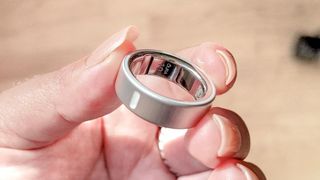

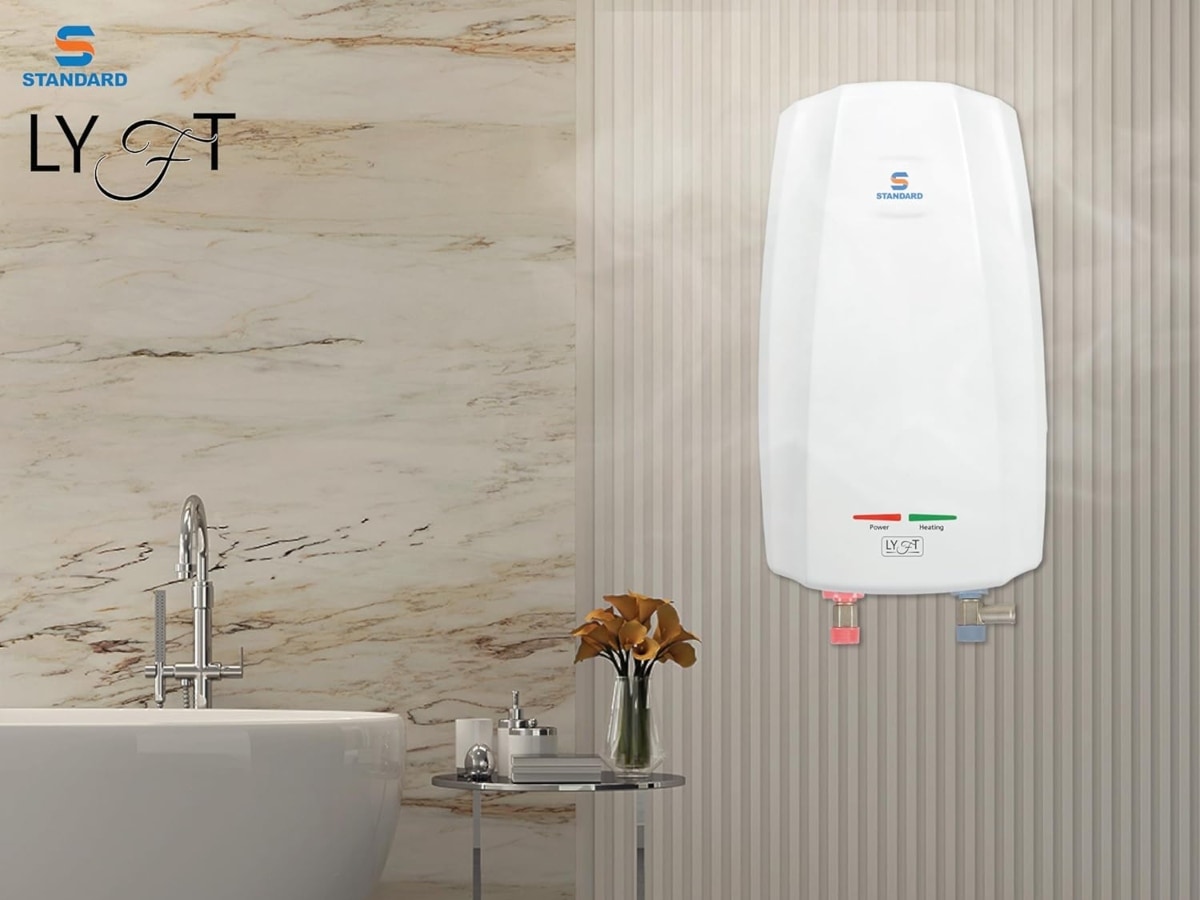


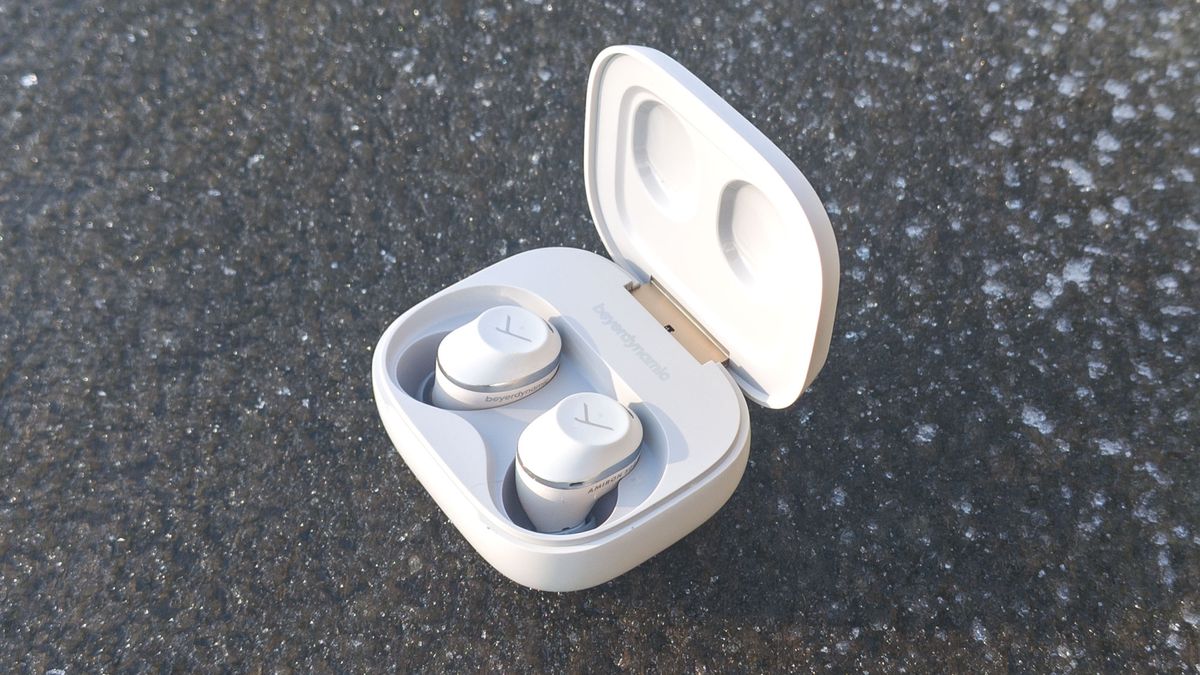

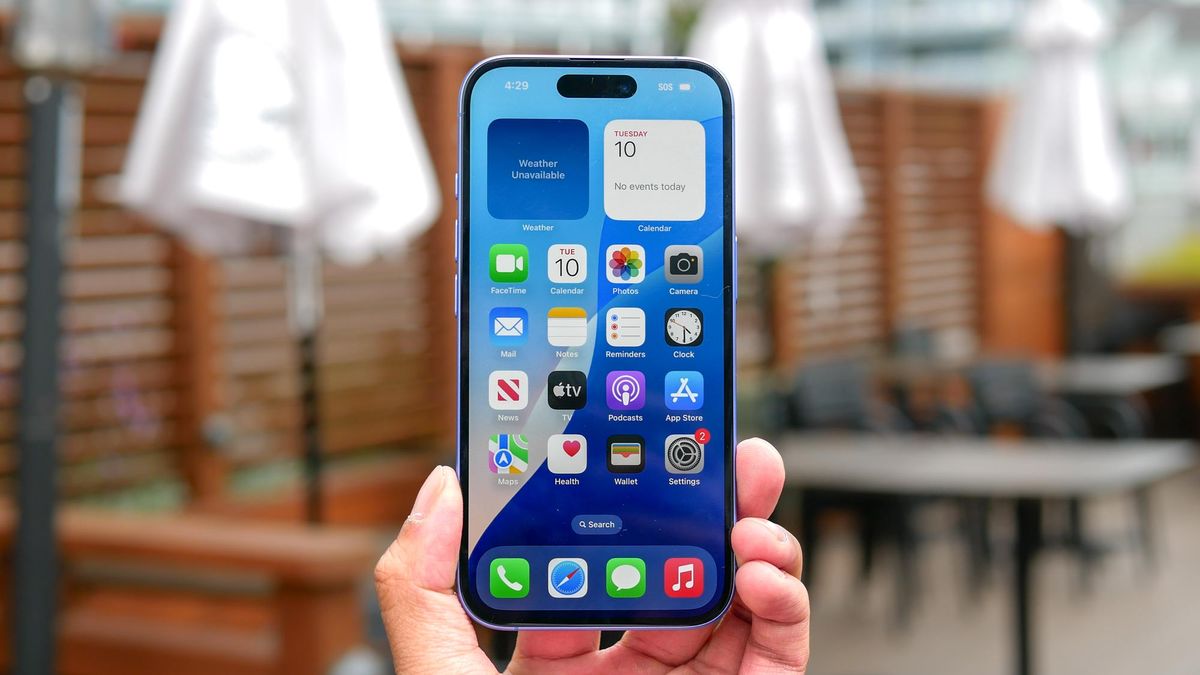

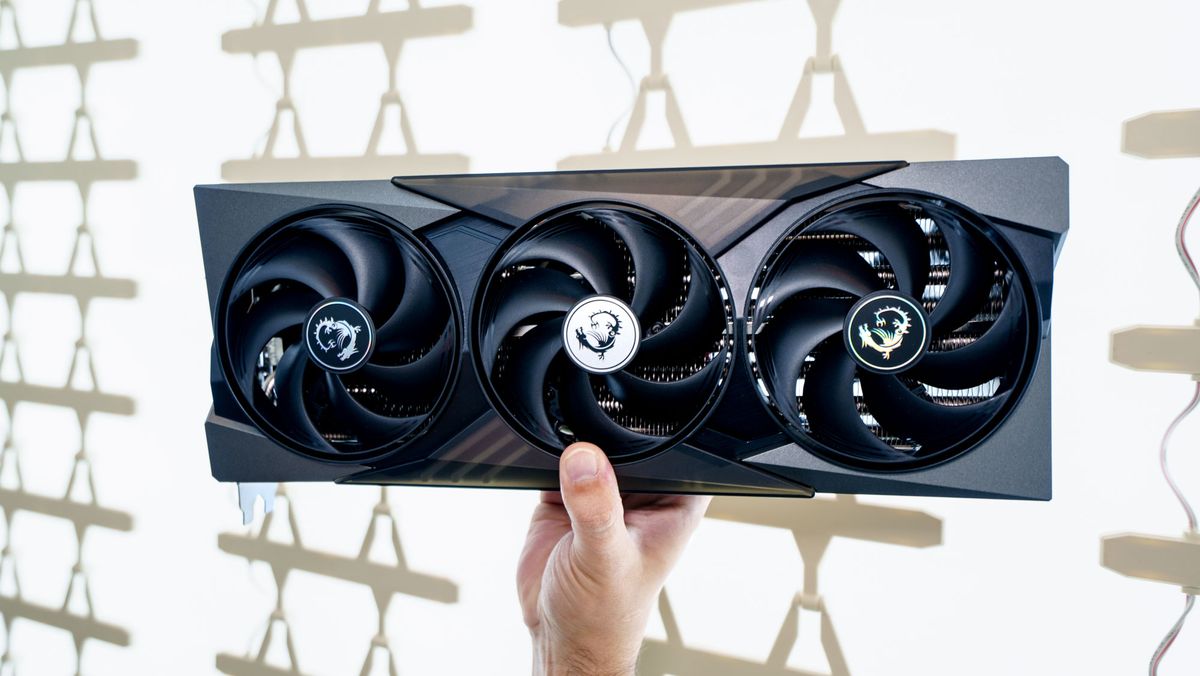


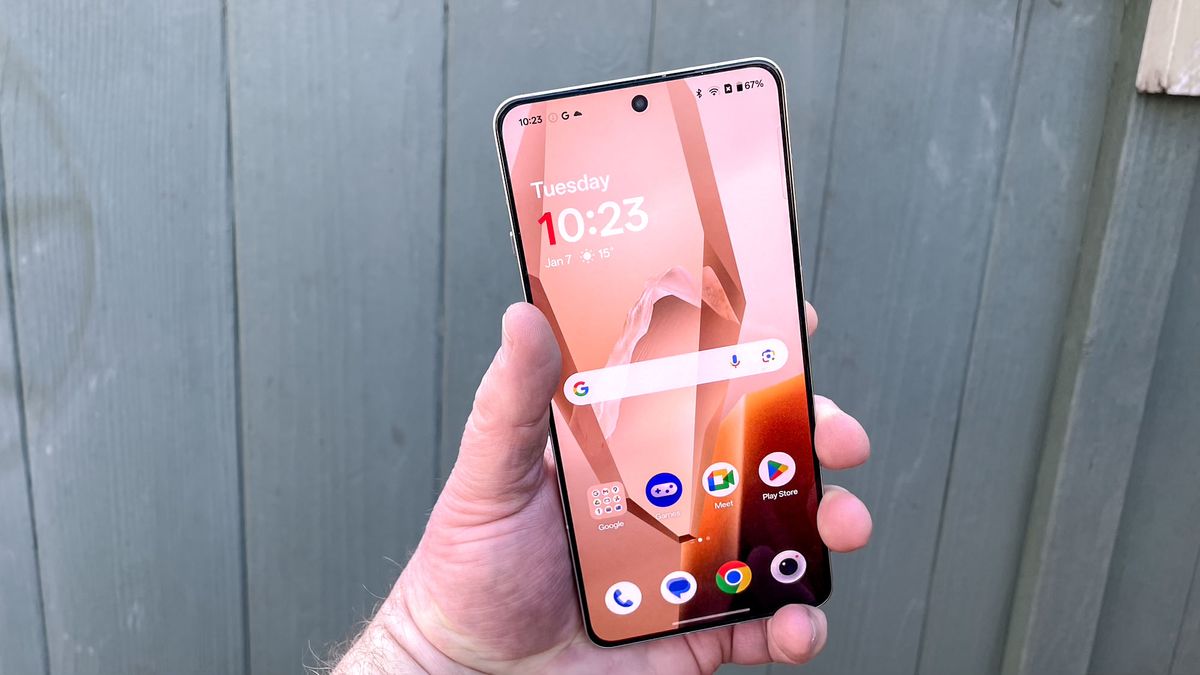








 English (US) ·
English (US) ·